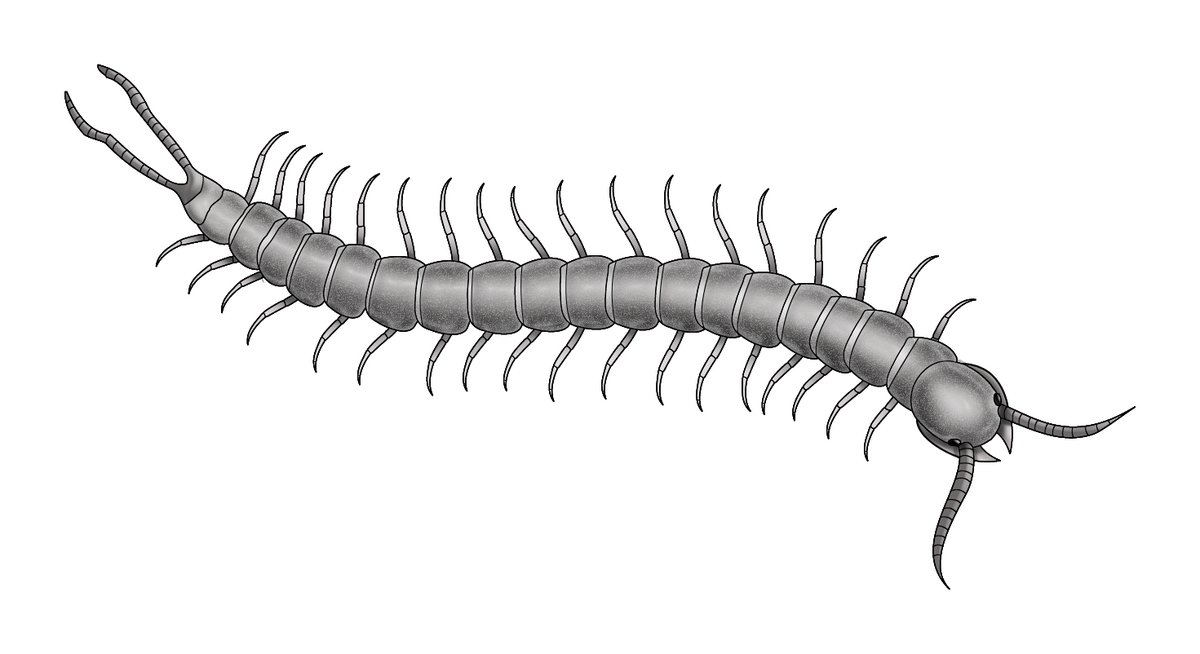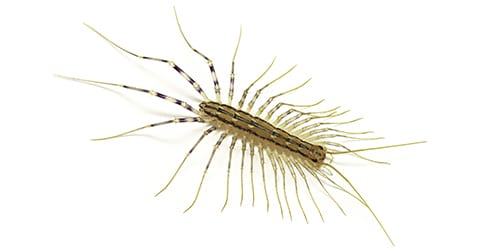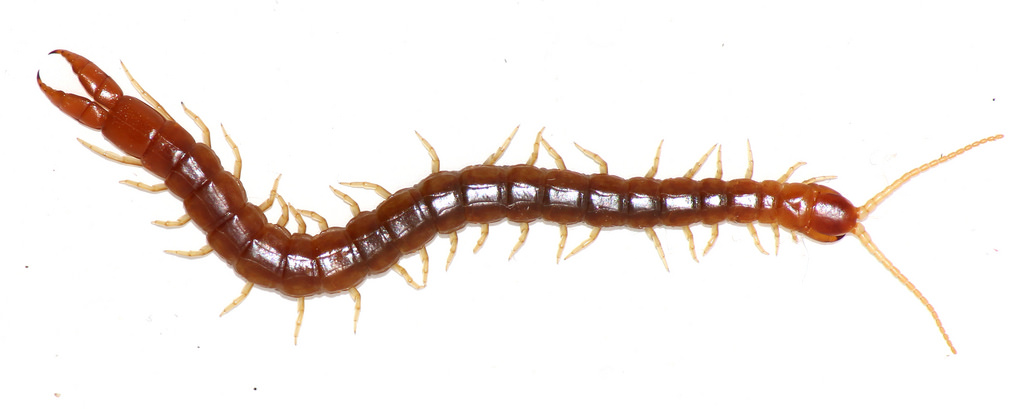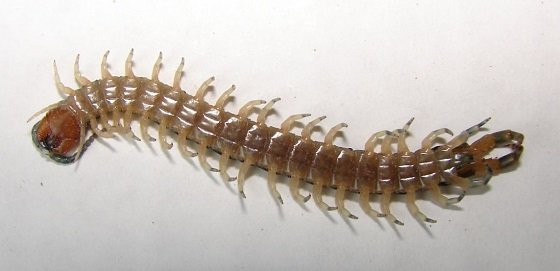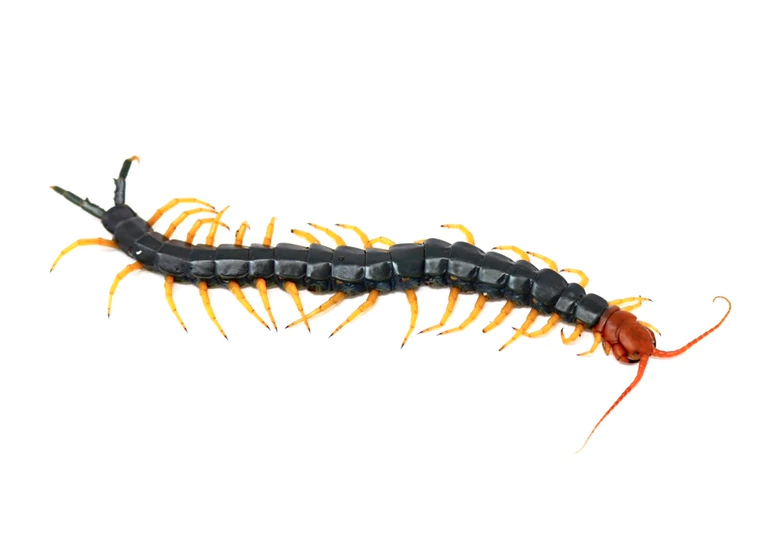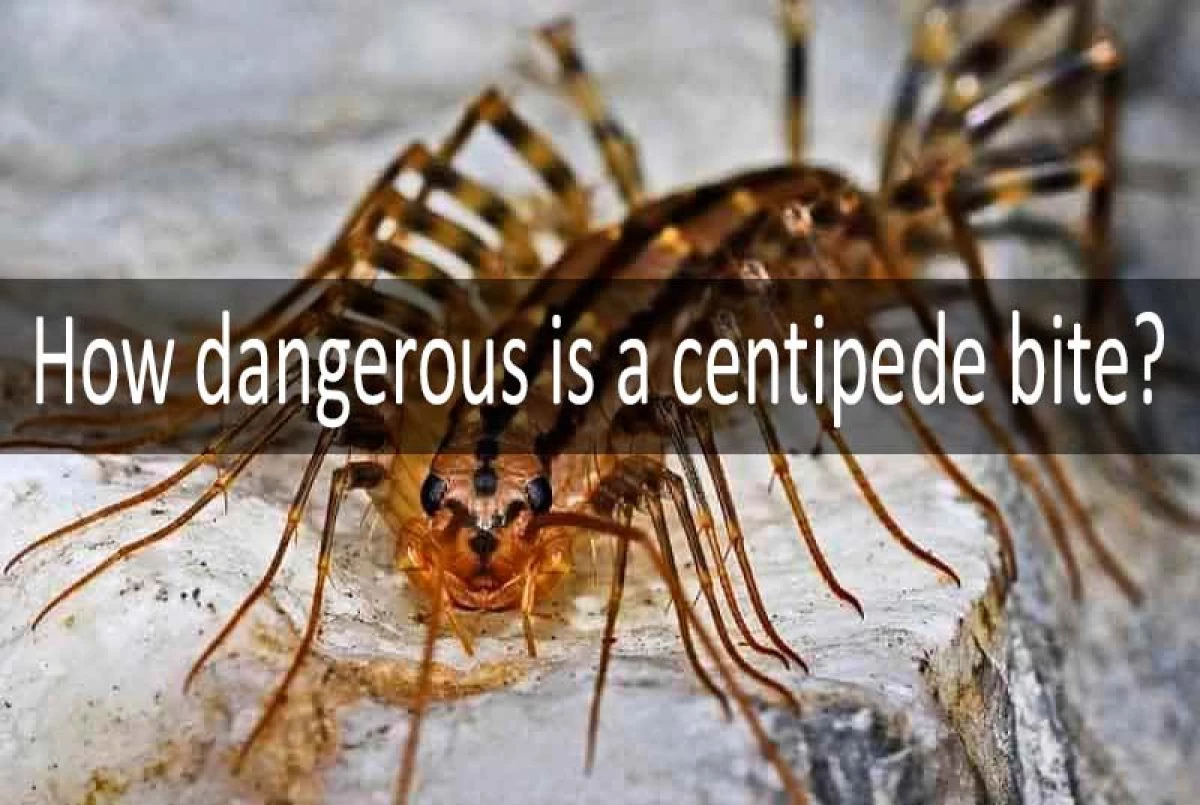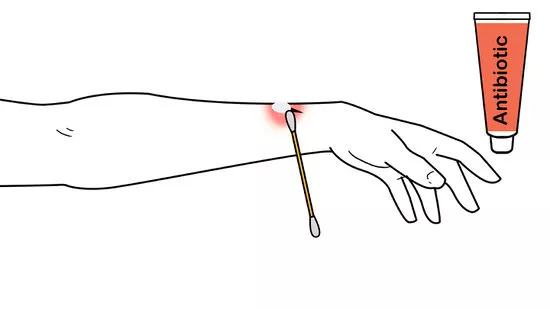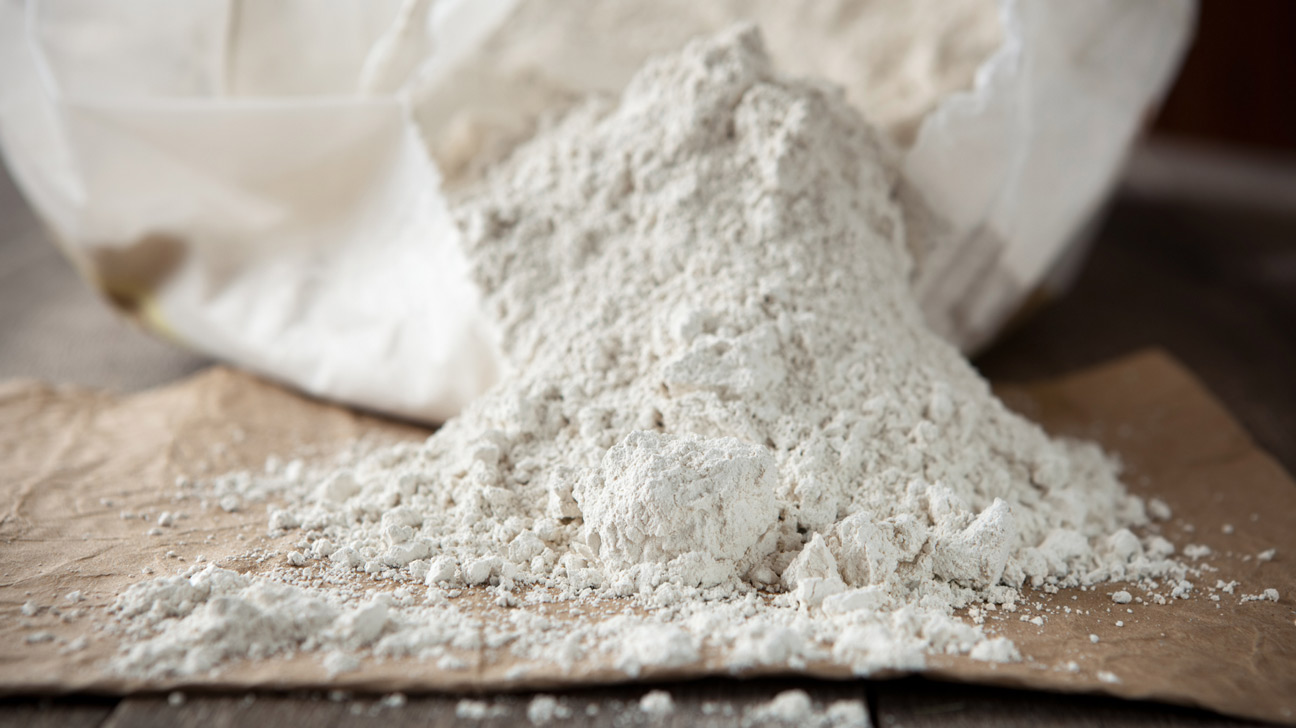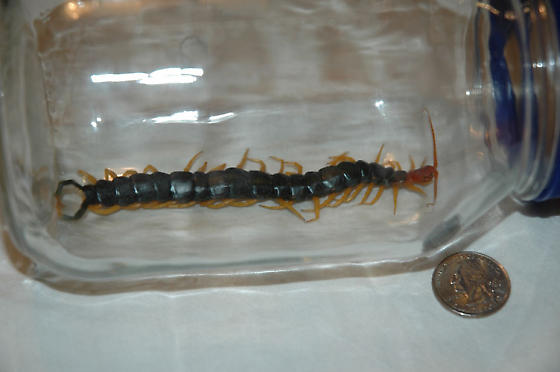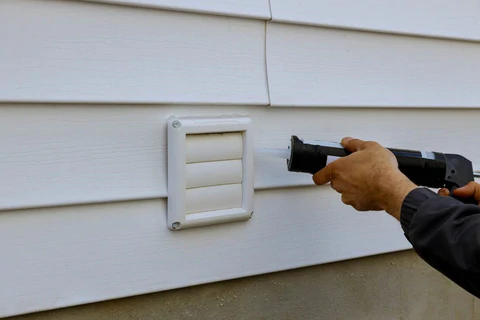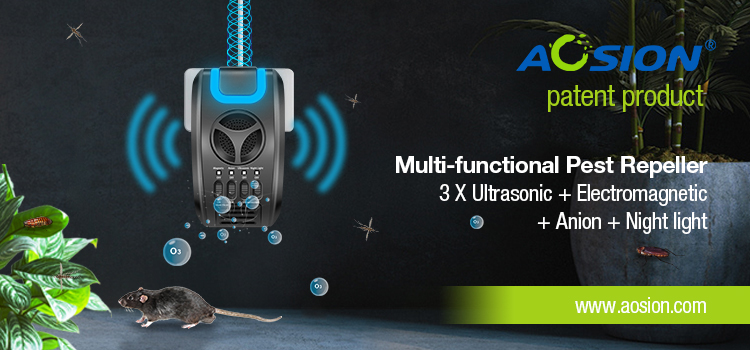07/01/2022
How to Get Rid of Spiders?
Spiders are not only an important part of our ecosystem, but they can actually make us safer by catching and eating harmful pests (such as mosquitoes, fleas, and other disease-carrying insects).
Having said that, we all want to keep our houses pest-free, which is why it is important to know how to get rid of spiders in one way or another.
If you are struggling with the spider problem, I believe the above content can help you.
Thank you for reading, and good luck....
See More
